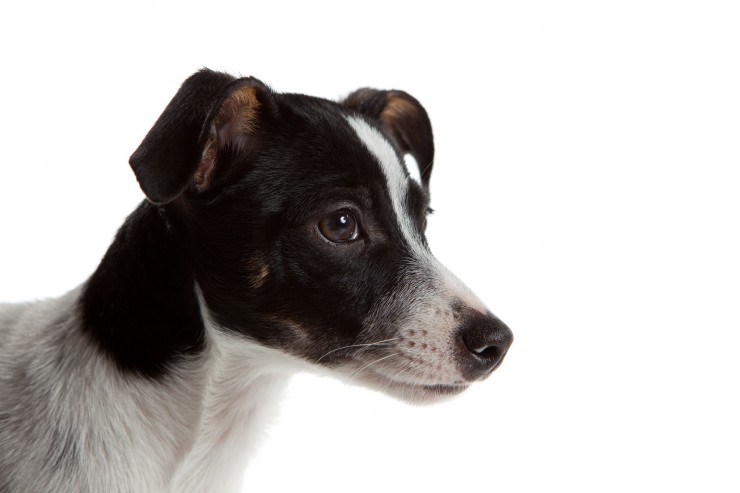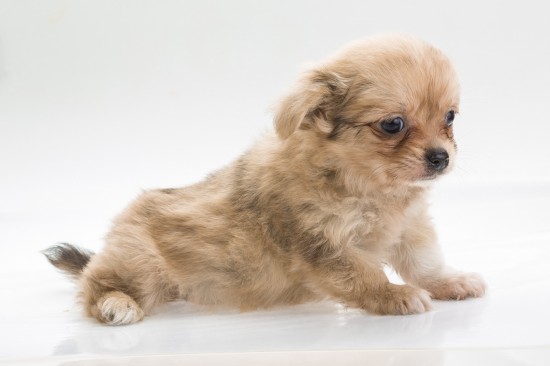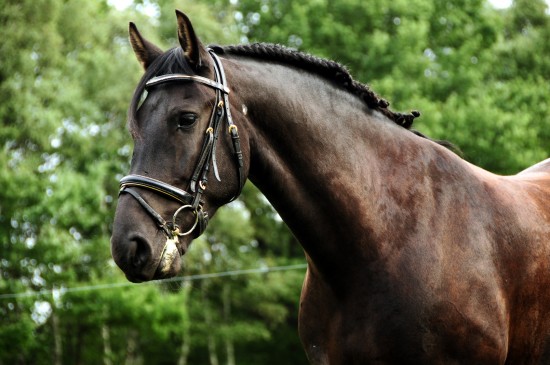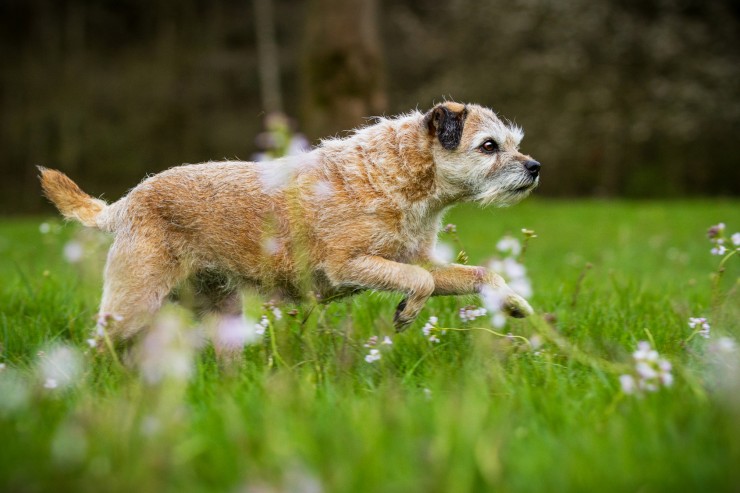Supplies
Supplies you will need before you bring your new puppy home: The first thing you抣l need is a travel crate for your dog抯 trip home. You抣l also need to buy some high quality puppy food and bowls for food and water. Your vet, breeder or shelter personnel can tell you which brands of food are the best. Other items you抣l need to get in advance of the new puppy抯 arrival are: an adjustable collar, a leash, toys and bedding. Don抰 forget to make an appointment with your veterinarian for your puppy抯 first check-up!
No food should ever be fed to a dog unless that food is put into some type of a container. The practice of putting food on newspapers or directly on a cage floor or the ground serves no purpose except to contaminate the food from the surroundings. This method also contaminates the surroundings from the food, draw flies, increase parasite transmission and soil the dog's coat. The money, time and energy a dog owner thinks he is saving by such feeding practices are completely wiped out by the loss of the dog, the time spent to clean floors and combat insects, or the effort needed to put a food-soiled coat back into show condition.
Crate Training
Crate training is a method by which your dog is taught to stay in a crate within your house for prolonged periods of time. This is an especially useful technique for dogs that would otherwise tear up the house when left alone. The best time to start crate training is when your dog is still a puppy. Leave him in the open crate for brief periods of time at first and then begin closing the door behind him.
Make sure that your puppy抯 crate experience is always positive by giving him treats and rewards whenever he enters the crate. Once he is comfortable, you can leave him in the crate for increasing periods of time - give him his meals there as well.
Never use the crate as punishment. You want your dog to feel that his crate is a safe refuge, not a prison. Furthermore, the crate is a place where your dog can go to feel safe and secure while you and your family are away from home for a few hours. When you抮e home, your dog should be out of his crate and socializing with his human family.
Obedience
Teaching basic obedience skills to a dog can be exciting as well as challenging. Having problems on where to begin? Start by doing your homework. A student can only be as good as his trainer, right?
The first lesson in obedience is to get your dog to pay attention to the commands. You want to start by calling his name and then using a keyword like 搘atch?or 搇ook?afterwards. This way, he will associate the words to a command. Once you抳e got his attention, the lessons can begin.
You want your dog to be able to pay attention for a short length of time. Try keeping his attention by doing attention exercises. One example would be to hold a toy or dog treat in near your mouth and then give him the keyword command.
Each time he takes the time to watch, praise him. The more you do this exercise, the more time he should be able to pay attention to you. Try getting him to watch for at least a minute. Let him know that he is doing a good job by rewarding him. Dogs learn best this way.
Because dogs have such short attention spans, they get distracted pretty easily. Choose a place that is free of other distractions such as other pets, children or loud noises. Training sessions should only last approximately 30 minutes tops. Usually, if you go over this time limit, the dog will get restless and easily distracted.
If your dog isn抰 learning very quickly, you may become frustrated. Don抰 take that frustration out on your animal. A few things to remember before starting your obedience lessons:
1) Never cause pain to your dog (this will cause him to shy away or become aggressive to you.)
2) If he begins to become distracted, change the tone of your voice (this doesn抰 mean raising it)
3) Consistency can not be stressed enough (animals are like children, if you抮e not consistent, they will become confused as to what is expected)
Teaching your dog basic obedience commands will make for a more obedient and more pleasant dog to be around.
The first command to start off with would be to sit. You must use the word sit while teaching him so that he can relate the word with the action. Start by gently pushing his backside down and saying the word 搒it.?Eventually he will catch on to the concept.
The second command is 揹own.?Dogs can become pretty hyper when they get excited. Jumping up on their owner抯 lap is usually how they express their excitement. If you have a big dog or have other people over, you might not want them pouncing about. When they jump up, tell them 揹own.?Do not pet them or act excited to see them while they are on you. Continue to tell them 揹own,?and even place their legs down if you have to.
Next is the command of 搒tay.?This command is a good one to know especially if you have a rambunctious hyper dog. You can teach him stay, for example, by putting a treat or something desirable on the ground. As he moves toward it, tell him 揝tay.?Another good idea would be to put your hand up while saying the word 搒tay.?When he begins to become obedient in this area, you can move further away from him. This will cause him to become more daring and he will probably take a step forward to see how much he can get away with. When he does this, continue to put your hand out and tell him 搒tay.?He has to know that even though you are moving away, you can still see what he抯 doing and expect him to continue to obey.
After you抳e mastered the stay command, you will move on to the come command. Once your dog has learned to sit and stay, he will need a command to know when it抯 ok to get up and approach you. They may be a bit confused at first, but with a change in the tone of your voice, he will soon understand. Put a little excitement in your voice when saying the word 揷ome? He will pick up on it. You might also want to pat your leg when you say come.
Stand is the last command to achieve. This is where your dog is allowed to get a little excited but not in a pouncing kind of way. When teaching your dog to stand, pat your hands on your chest and, once again, put a little excitement in your voice, so that he knows he抯 aloud, under certain circumstances. He will begin to know the difference.
Teaching your dog basic obedience, if possible, should be taught as soon as you and your dog are ready. Remember be consistent with the commands and don抰 forget to have fun!

 Rat Terrier - A Relative Newcomer To The Terrier Group
Rat Terrier - A R
Rat Terrier - A Relative Newcomer To The Terrier Group
Rat Terrier - A R
 10 Of The Most Popular Small Dog Breeds Within The Uk
10 Of The Most Po
10 Of The Most Popular Small Dog Breeds Within The Uk
10 Of The Most Po
 Caring For Your Horse After Vigorous Exercise
Caring For Your H
Caring For Your Horse After Vigorous Exercise
Caring For Your H
 Side Effects Of Nsaid Arthritis Medications For Dogs
Side Effects Of N
Side Effects Of Nsaid Arthritis Medications For Dogs
Side Effects Of N
 Your First Terrapin
Your First Terrap
Your First Terrapin
Your First Terrap